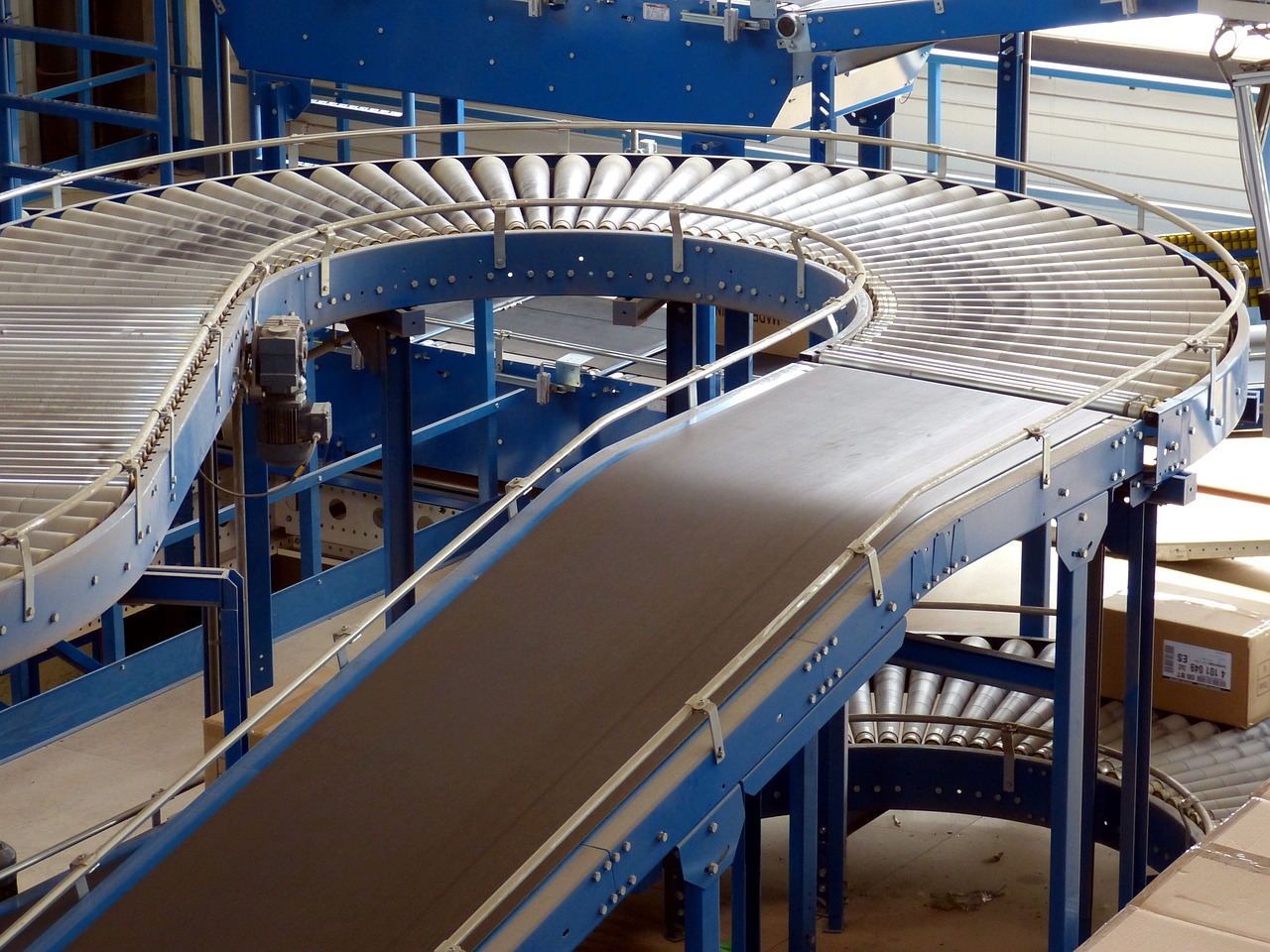
Conveyor belts move items efficiently from one place to another. Programming controls their speed.
Understanding Automated Systems
Imagine a factory filled with conveyor belts carrying products along production lines. How do they work?
The Brain Behind the Belt
Conveyor belts need brains – that’s where programming comes in. It’s like their instruction manual.
What Is PLC Programming?
Programmable Logic Controllers PLCs are special computers that control conveyor belts. They follow instructions.
How Does PLC Programming Impact Conveyor Belts?
Think of PLC programming as the brain of a conveyor belt system, guiding its actions.
Why Use PLC Programming for Conveyor Belts?
PLC programming makes conveyor belts efficient, safe, and reliable, improving production processes.
Key Components of Conveyor Belt Systems
Conveyor belts consist of a motor, rollers, belt, sensors, and a PLC system.
Motor: The Power Source
The motor drives the conveyor belt, powering its movement along the production line.
Rollers: Keep Things Rolling
Rollers support the belt, ensuring it moves smoothly without getting stuck or jammed.
Belt: The Conveyor
The belt carries products along the line, guided by the rollers and motor.
Sensors: Eyes and Ears
Sensors detect items on the belt, helping the PLC system control speed and movement.
PLC System: The Control Center
The PLC system processes data from sensors, directing the motor to adjust speed.
How PLC Programming Works
PLC programming uses a specialized language to create a program that controls the conveyor belt.
Coding Language
Programmers write code using a language specially designed for PLC programming.
Input and Output
PLC programming takes input from sensors and gives output to the motor to adjust speed.
Programming Logic
PLC programming uses logic statements to make decisions, like “if this happens, then do that.”
Monitoring Performance
PLC programming allows operators to monitor the conveyor belt’s performance and make adjustments.
Benefits of Conveyor Belt PLC Programming
- Increased Efficiency: Conveyor belts run smoothly, reducing production time.
- Enhanced Safety: PLC programming can stop the belt if it detects a problem.
- Improved Productivity: Conveyor belts move items quickly and accurately, boosting output.
Common Applications
Conveyor belt PLC programming is used in various industries, such as manufacturing, warehousing, and logistics.
Manufacturing
In manufacturing plants, conveyor belts move products between machines or assembly lines.
Warehousing
In warehouses, conveyor belts transport goods to different areas for storage or shipping.
Logistics
In logistics centers, conveyor belts help sort and distribute packages efficiently.
Challenges in Programming Conveyor Belts
While PLC programming offers numerous benefits, there are challenges to overcome.
Complexity
Conveyor belt systems can be complex, requiring careful programming to ensure smooth operation.
Integration
Integrating PLC programming with existing systems can be challenging but is essential for seamless operation.
Maintenance
Regular maintenance is crucial to prevent downtime and keep conveyor belts running smoothly.
Future Trends
The future of conveyor belt PLC programming is bright, with advancements in technology shaping its evolution.
Automation
Automation is key in streamlining conveyor belt systems, reducing manual intervention.
AI Integration
Artificial Intelligence AI integration with PLC programming could enhance predictive maintenance and efficiency.
Conclusion
Conveyor belt PLC programming plays a vital role in modern automated systems, improving efficiency and productivity. Understanding how PLC programming controls conveyor belts is essential for anyone interested in manufacturing, warehousing, or logistics. By mastering the principles of PLC programming and its application to conveyor belts, industries can optimize their operations and stay competitive in a fast-paced world.


